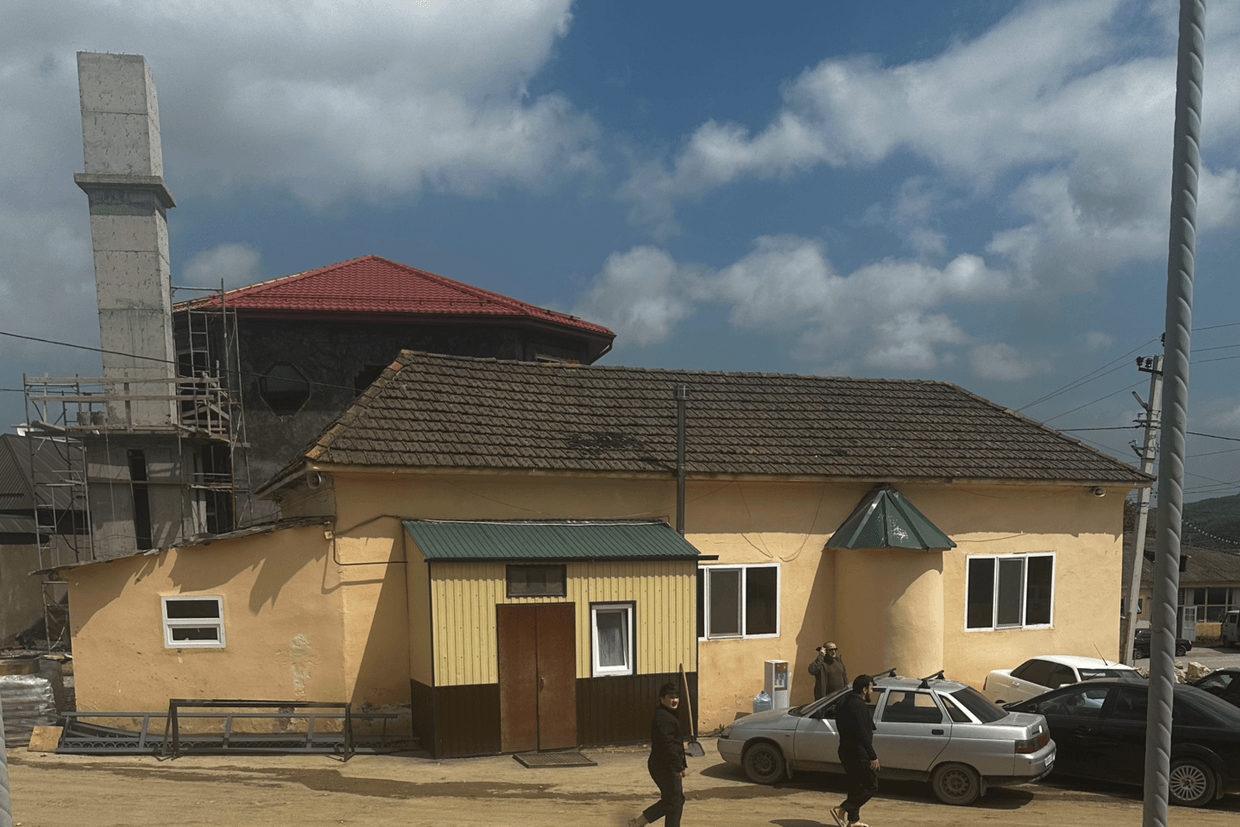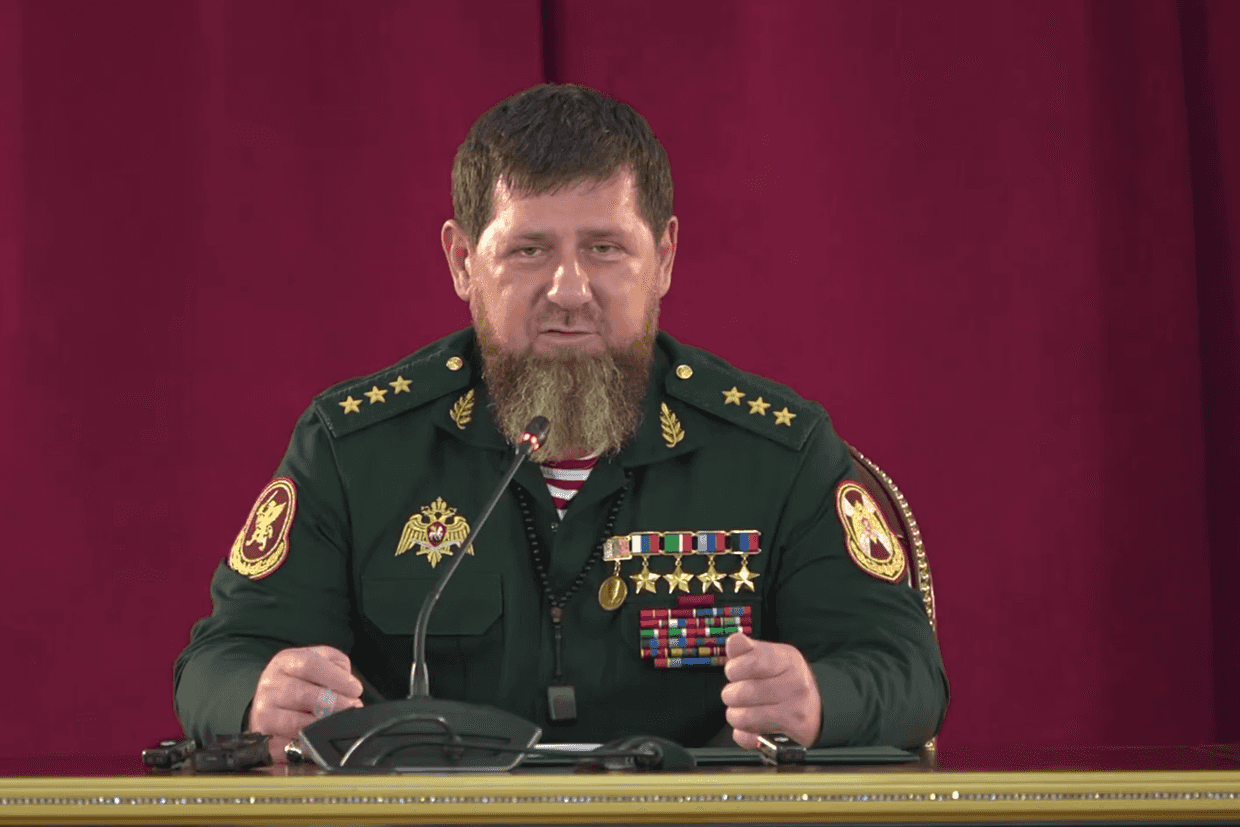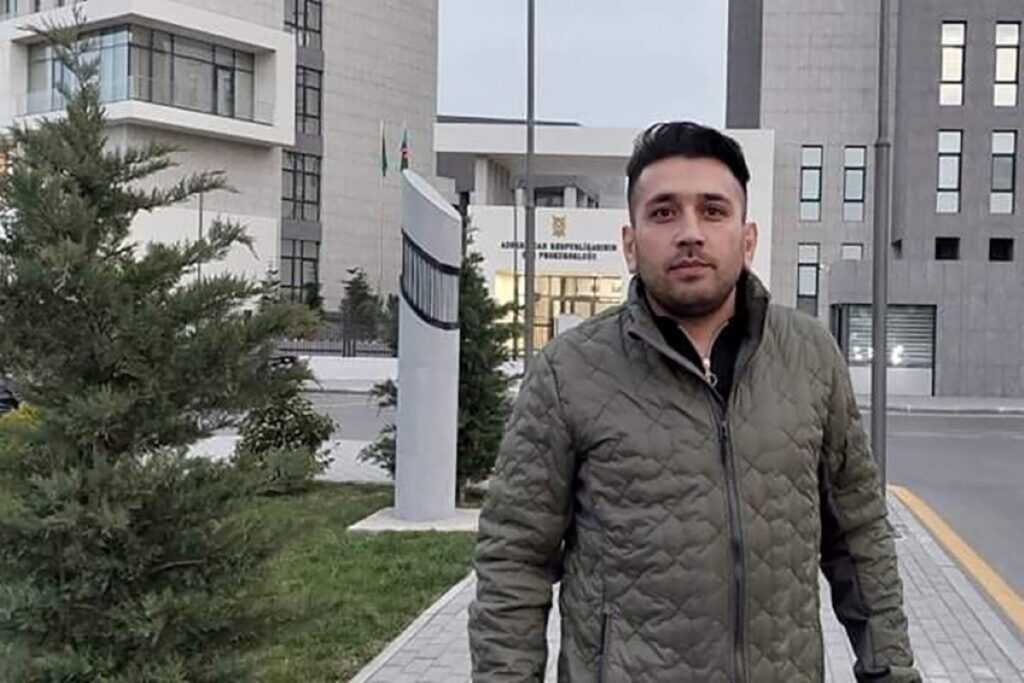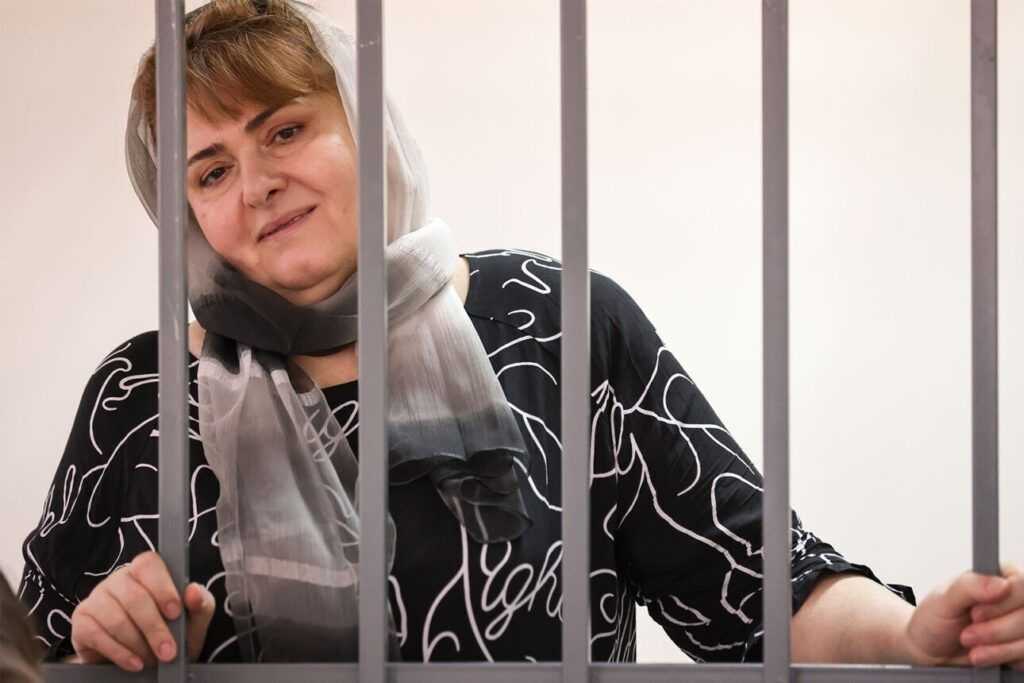
A historic Chechen mosque has been demolished in the Daghestania village of Leninaul, despite earlier assurances from local officials that the building would be preserved.
The news was reported by local residents in a video statement posted on the Instagram page Auh_media.
The footage shows three men standing in front of the demolished structure and construction equipment. According to them, the building was a neighbourhood mosque constructed by Chechens from the village of Akhtash-Aukh in the 19th century. They cite records from Tsarist-era censuses, which list four functioning mosques in the area at the time, including the one in question.
‘We repeatedly appealed to various authorities, asking them to preserve this mosque as part of our historical memory. On 7 May, we held a meeting where it was agreed that the demolition would be postponed. But by the morning of 8 May, a tractor had arrived and the mosque was torn down’, one of the men in the video says.

The incident has sparked widespread outrage on social media. Chechen opposition blogger Tumso Abdurakhmanov, who shared the video on his Telegram channel, criticised the silence of Chechen officials.
‘The situation is heated. Neither [Chechen Head Ramzan] Kadyrov nor any of his subordinates intervene or comment on what is happening in any way,’ Abdurakhmanov emphasised.
As of Monday morning, there has been no public comments from key figures in Chechnya — including Kadyrov, state MP Adam Delimkhanov, human rights defender Mansur Soltaev, or the Minister for National Policy, Akhmed Dudaev.
The village of Akhtash-Aukh, from which the men in the video hail, was historically part of the Aukh District — a territory predominantly inhabited by Akkin Chechens in Daghestan. The district was abolished in 1944 following the Stalin-era deportation of the Chechen and Ingush peoples. The land was redistributed among neighbouring districts and resettled by Laks and Avars. Although Vainakh peoples were officially rehabilitated in 1957 and allowed to return, the issue of restoring the Aukh District has remained unresolved for decades.
In 2019, the government of Daghestan approved a new programme for the restoration of the Aukh District, which would last for several years. The programme envisaged the construction of new housing estates for Daghestani settlers from Laksky District to vacate houses previously owned by Chechens.
However, in March 2024, residents of the Gamiyakh village in the Novolaksky District expressed dissatisfaction with the ‘seizure of land’ intended for the restoration of the Aukh District and demanded that all transactions with plots of land be suspended until the resettlement programme was completed. They accused the authorities of attempting to distribute the land plots ‘quietly and on their day off’.
In November 2024, Chechen elders from Leninaul asked Kadyrov to help resolve the land conflict.
The request occurred against the backdrop of the active distribution of disputed land to participants of the full-scale Russian invasion in Ukraine, which, according to representatives of the ‘Public Council of Aukh’, disproportionately benefits the Avars.
On 23 February 2025 — the anniversary of the Stalinist deportation — commemorative rallies were held in both Daghestan and Chechnya. During one such event, Chechen Prime Minister Magomed Daudov reiterated demands for federal and regional authorities to return land and housing in the former Aukh district to the descendants of those who were deported.











